Machu Picchu, the citadel that is among the Seven Wonders of the World, is one of the most coveted tourist destinations due to its mystery, ancient history, and surprising natural beauty. Even if you are still determining whether March is the correct month to visit Machu Picchu, here are five reasons why it can be the perfect time to do so.
Therefore, in this blog, we will give you all the necessary information about the weather, the pros and cons, and the best time of day to visit the ruins, as well as tips so that when planning your trip, you choose the best tours in March.
Machu Picchu Weather in March
If we told you that March is the perfect time to visit Machu Picchu, it's because it marks the end of the rainy season. Even though there is a chance that the weather may suddenly change, there is nothing that good preparation cannot fix.
Temperature
In March, temperatures in Machu Picchu generally range between 12 °C (54 °F) and 24 °C (75 °F). It is not too hot by this time, but it is not too cold either, which means that you can explore and walk comfortably in absolute freshness.
Precipitation
In March, there will still be some rain, but with less intensity compared to the first months of the season. So you can expect occasional showers, especially in the afternoons. The fog is at its peak in the mornings. However, the cloudiness turns the ruins into a dream place capable of seducing anyone. Although sometimes it can also obscure the view, the enchanting magic is still there.
Why visit Machu Picchu in March?
Advantages
- Fewer people: The best thing about off-season tourism is being surrounded by fewer people and enjoying the fantastic scenery without the crowds obscuring the view. Thus, you can have a more intimate experience in Machu Picchu, with less congestion on the trails and better opportunities to take fantastic photos.
- Lower prices: When there is less demand, the prices of accommodation, flights, and tour packages drop considerably. This effect of the low seasons becomes attractive for many budget travelers who consider March to be the ideal month to visit Machu Picchu.
- Landscapes that evoke other dimensions: That's right, the rains transform the landscape into magical postcards worthy of capturing in a photo or memory. Also, in March, the flora conquers glances that contrast with the green of the mountains and the grayish brown of the ancient stone ruins.
Cons
- The rainy weather continues: In March, the rains continue but with less intensity than in the previous months. Although the possibility of getting wet or encountering muddy trails is still latent, these are not situations that you have not previously considered, so you can still enjoy them without problems.
- Views with fog: This may be another characteristic that adds to the landscape, but it does not affect Machu Picchu's mystical character. Indeed, the fog can obscure the memorial views, but at the same time, it creates an otherworldly atmosphere that many travelers find fascinating.
- Limited permits for the Inca Trail: After being closed in February, the good news is that the Inca Trail will open its trails in March. Keep in mind that this route is the busiest to get to Machu Picchu; therefore, permits are restricted and run out quickly. We recommend planning and booking in advance.
Planning Your Trip to Machu Picchu in March
Getting organized is vital to making the most of your Machu Picchu adventure in March. So, take note of everything you need to know about booking tickets, the essentials to bring, and what to expect when you arrive at Machu Picchu.
Tickets and Tours: How Far in Advance to Book
Booking tickets in advance is not a measure to calm pre-trip anxiety but a necessity due to the restriction in the ticket system, where daily visitor limits are set as a measure to preserve the ruins. Here's how to secure your entry:
- Book in advance: While March is not peak season, book your tickets at least 2-3 months in advance, especially if you plan to hike the Inca Trail. Tickets for this route, for the Huayna Picchu and Machu Picchu mountain hikes, sell out quickly.
- Take a tour: If you want to visit Machu Picchu and learn about its ancient history at the same time, look for a guide or choose a tour package that includes that service, as well as transportation and even lodging. Book a tour that will simplify the logistics for you, but always make sure it is reliable.
What to bring
Packing for Machu Picchu in March requires careful consideration due to the variations in the weather.
- Waterproof clothing, a good-quality rain jacket or poncho, waterproof pants, and shoes are a must.
- Layered clothing: No matter how much the temperature changes, bring layers of clothing that you can put on or take off quickly. For example, put on a base layer that absorbs moisture, then a warm fleece, and finally a windbreaker.
- Sun protection: Even if it rains, the sun is there, even if you don't see it. Because of the altitude, it becomes more intense, so it burns you very quickly. Bring sunscreen, a hat, or an umbrella.
- Insect repellent: Humidity is a favorite environment for mosquitoes. You can imagine how happy they are to see so many people bothering them. Don't let them like it, and bring some insect repellent.
- Comfortable shoes or, better yet, shoes suitable for hiking.
What to expect
- Less crowds: As mentioned above, March sees fewer visitors compared to peak season, allowing you plenty of space and time to explore the ruins.
- Possible delays: Rain is always going to cause some delays in transportation, especially on trains or buses. So be flexible with your itinerary so you don't get stressed or anxious.
- Vibrant landscapes: The vegetation around Machu Picchu is at its most splendid, providing a stunning backdrop for your visit. Make sure you have your camera ready!
The Best Machu Picchu Tours
Planning your trip and choosing the correct route can make all the difference. Check out the following routes we show you here and see which one best suits you.
4-Day Lares Trek
The Lares Trek is an alternative route to the Inca Trail. It consists of a four-day hike through the most remote Andean villages, allowing you to experience the region's traditional life. This route offers a bonus of enjoyment thanks to its impressive landscape, which includes snow-capped peaks, hot springs, and turquoise lakes. In the same way, this route allows you to contact local indigenous people and learn about their traditional lifestyle. It is an ideal route for enlarging your artistic horizons. Although the hike is four days long, it is not as strenuous as the Inca Trail. However, the risk in this case is the altitude, so we recommend that you acclimatize beforehand.
Machu Picchu 1 day by train
Here we think of everyone, even those who are short on time, so if you don't like hiking, 1-day train tour to Machu Picchu is perfect for you.
- Train ride with beautiful views: The trip from Cusco or Ollantaytambo to Aguas Calientes, the latter being the gateway city to Machu Picchu, is a fascinating route that offers panoramic views of the Sacred Valley and the Urubamba River. It's a sight to behold!
- Get to know and explore effortlessly: once the train drops you off in Aguas Calientes, you'll take a very short bus ride to Machu Picchu. So you'll have simplified days of hiking for one day on the train while still enjoying the spectacular landscapes.
- The train ride is suitable for families: That's right, if you come with the whole family, including children, this is your best option, as long walks for children can be counterproductive, not only because of the length but also because of the altitude.
Inca Trail
The Inca Trail is the preferred route for most tourists who want to visit Machu Picchu. It consists of four days of steep paths and somewhat risky descents in some sections, but despite how difficult it may be, the landscapes around you and the arrival at the Sun Gate of Machu Picchu undoubtedly make up for it all. This route is preferred for a compelling reason, as it was the path that the ancient Incas used to reach their citadel, so traveling is like reliving scenes from the past lives of the Incas. Something that undoubtedly adds deep historical meaning to your trip because, in addition, the trail has archaeological sites that give you signs of what the Inca civilization was like.
What to do in Peru in March?
Peru is a country full of wonderful cultural riches and in March there are several notable events throughout the country. The most important ones are:
The Cusco Carnival
It is an event that takes place at the beginning of March. Color, costumes, music, and dance are the main qualities of this carnival, which also combines indigenous rituals and traditions with Catholic ones. Participate in the Cusco Carnival and immerse yourself in the local culture in a lively and fun.
Cajamarca Carnival
Varies (generally February or early March, depending on the year), in Cajamarca is usually held mainly in February, but it extends until early March, especially the last celebrations. Cajamarca is well known precisely for its colorful and very lively Carnival, where you will enjoy live music, traditional dances, and very striking costumes. If you come in March, it's your chance to participate in paint and flour throwing games, as well as take part in the water fights that take place with great fanfare during the Cajamarca carnival. It's a time to soak up the joy that the entire city and its people are immersed in.
Festival of the Virgin of Candelaria in Puno
One of the most important religious festivals in Peru is the festival of the Virgin of Candelaria, which begins in February and extends until early March. This event honors the patron saint of Puno, the Virgin of Candelaria, and it displays Andean and Spanish traditions through folk dances, processions, and musical performances.
Anniversary of the Battle of Tarapacá
On March 27th, the Tarapacá region celebrates the Battle of Tarapacá, which took place during the War of the Pacific between Peru and Chile at the end of the 19th century. It includes historical recreations, military parades, and speeches in honor of the soldiers who fought in the battle. Experience this moment of reflection and patriotic pride alongside the citizens of the southern regions of Peru.
International Women's Day
On March 8, the contributions of women to society are celebrated throughout Peru and in many other countries around the world. In regions like Lima and Cusco, you can take part in marches, exhibitions, and cultural presentations dedicated to women on this day.
FAQs
Here are some frequently asked questions about visiting Machu Picchu in March.
Is March a good time to visit Machu Picchu?
Yes, March offers fewer crowds, lush landscapes, and lower prices, though you should be prepared for occasional rain.
How bad is the rain in March at Machu Picchu
Rain in March is lighter compared to the earlier months of the rainy season. While you may experience some showers, they are usually brief and manageable with proper gear.
Do I need to book Machu Picchu tickets in advance for March?
Yes, it's advisable to book your tickets 2-3 months in advance, especially for the Inca Trail and hikes within Machu Picchu.
Is the Inca Trail open in March?
Yes, the Inca Trail reopens in March after being closed for maintenance in February. However, permits are limited, so book early.
What should I wear to Machu Picchu in March?
Wear layered clothing, a waterproof jacket, sturdy hiking shoes, and bring sun protection. Remember insect repellent.
Can I hike Huayna Picchu in March?
Yes, Huayna Picchu is open in March, but like the Inca Trail, you need to book tickets in advance due to limited availability.
How do I get to Machu Picchu in March?
You can reach Machu Picchu by train from Cusco or Ollantaytambo to Aguas Calientes, followed by a bus ride up to the site. Alternatively, you can hike via the Inca Trail or other trekking routes.
Is it safe to travel to Machu Picchu in March?
Yes, it is generally safe to travel to Machu Picchu in March. However, it's important to stay informed about weather updates and be prepared for possible travel delays due to rain.
What other places can I visit near Machu Picchu in March?
Consider exploring the Sacred Valley, including Pisac, Ollantaytambo, and Chinchero. Cusco also offers a wealth of cultural and historical attractions.
Are there any special events at Machu Picchu in March?
While no major events occur directly at Machu Picchu in March, you can enjoy cultural experiences in Cusco and nearby area.
This comprehensive guide should help you plan and enjoy your trip to Machu Picchu in March. With the right preparation, you'll have a memorable experience, whether you're hiking the Inca Trail, taking a scenic train ride, or immersing yourself in the vibrant culture of Cusco and Peru. Happy travels!

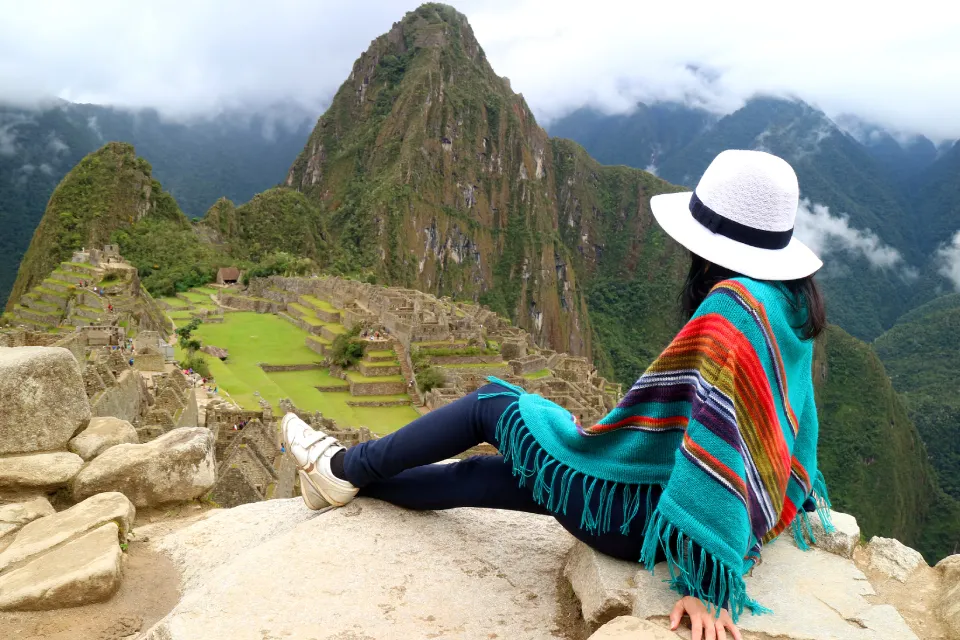


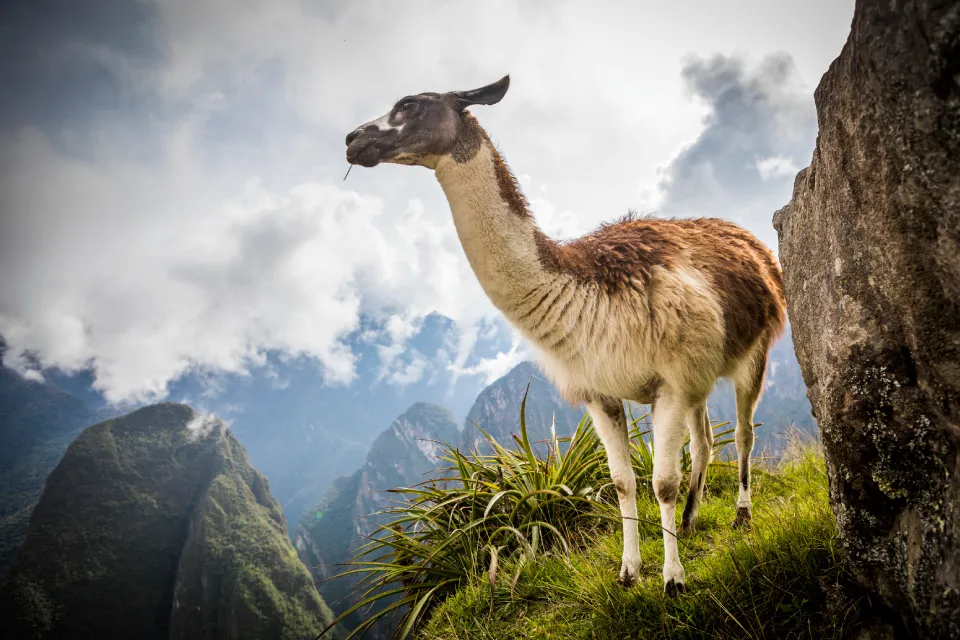
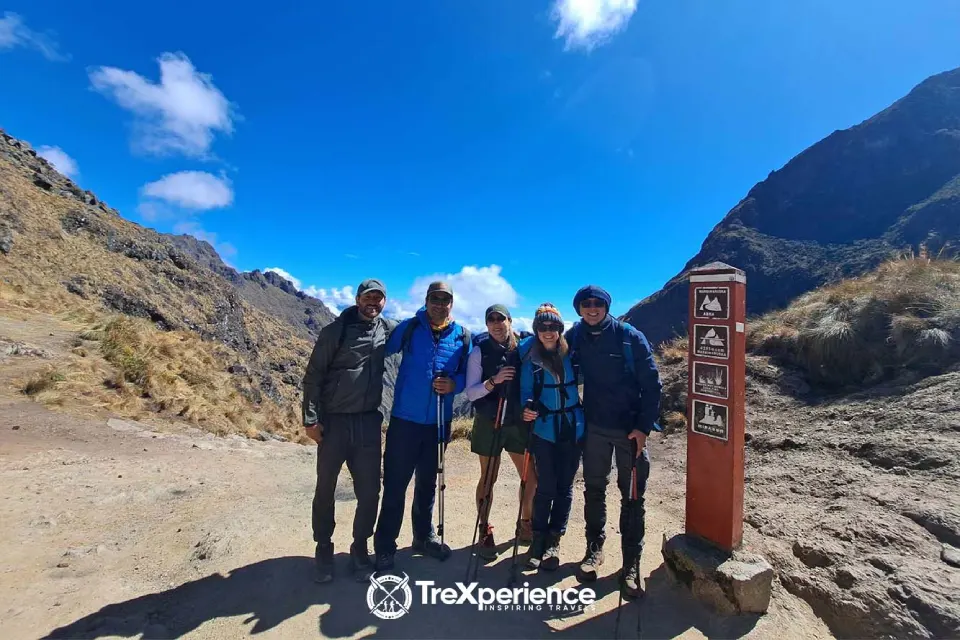
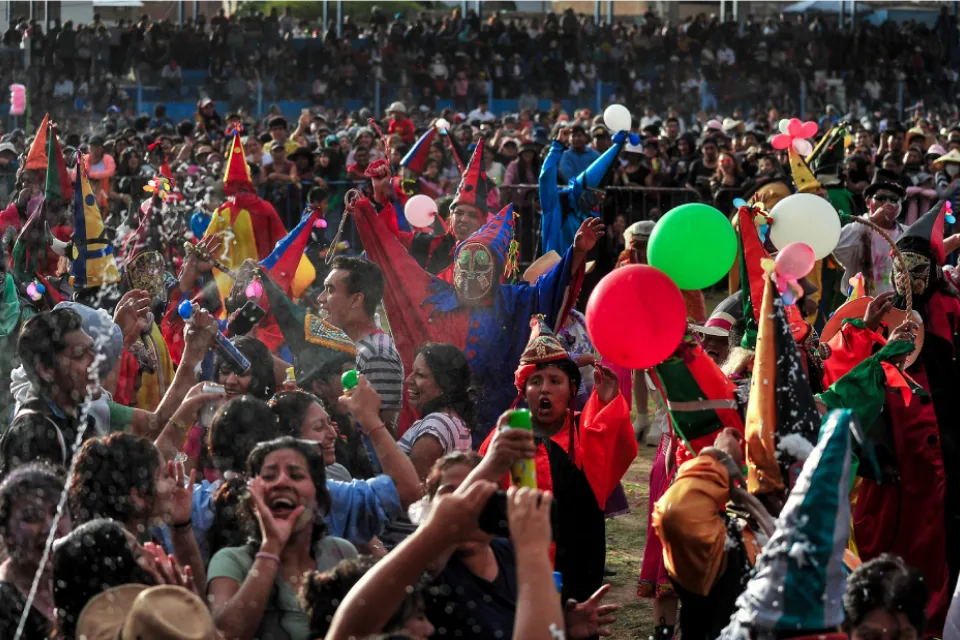
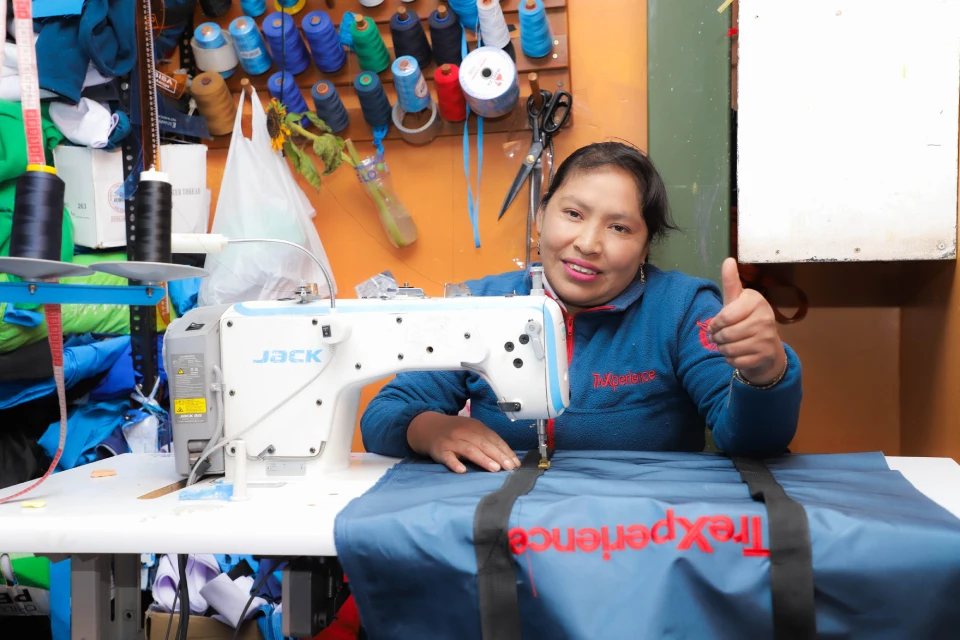
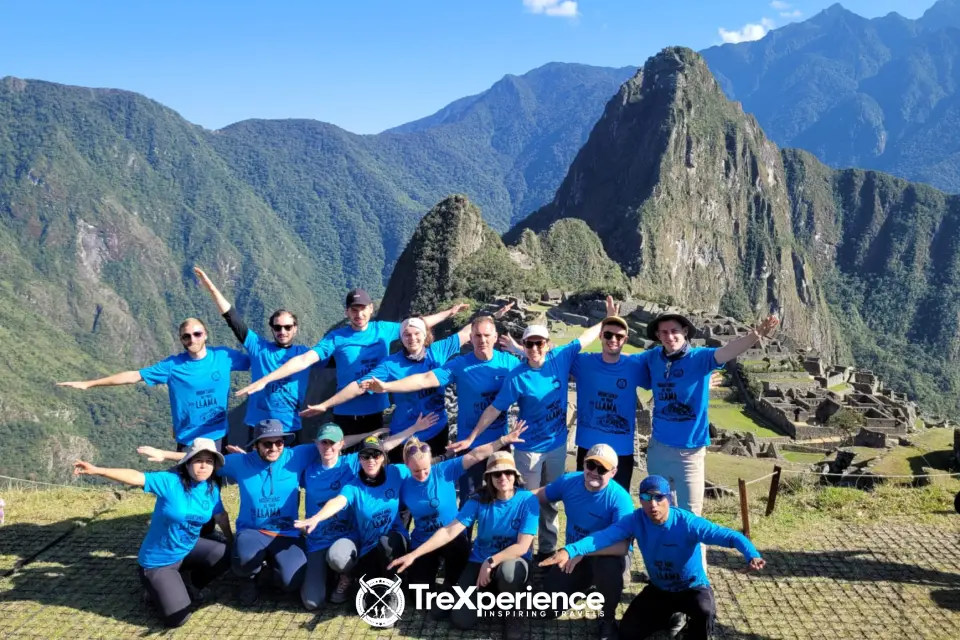
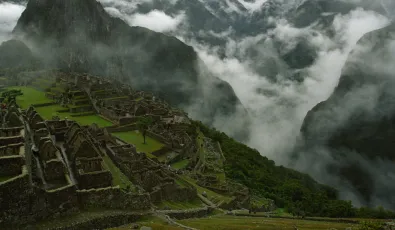
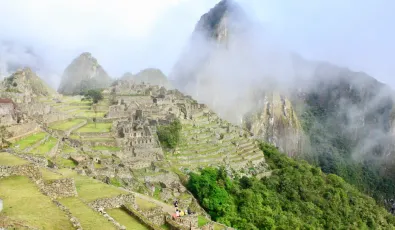
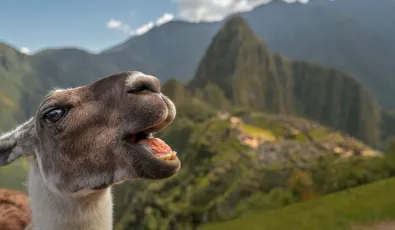

Add new comment